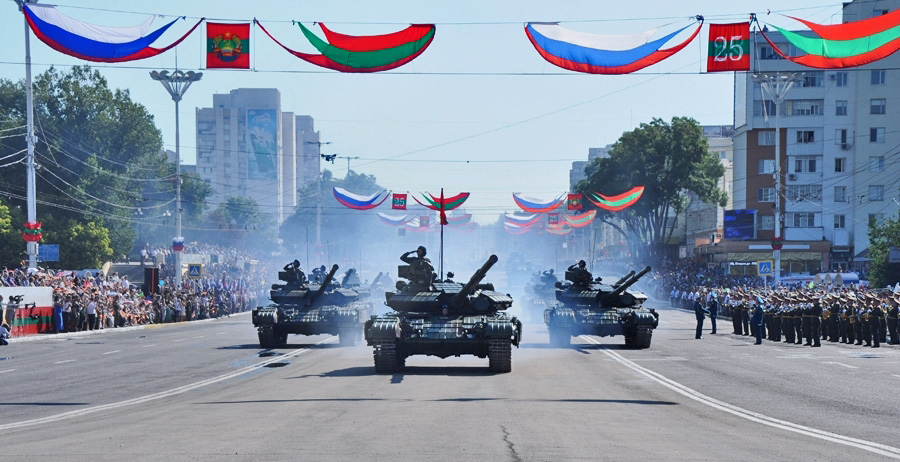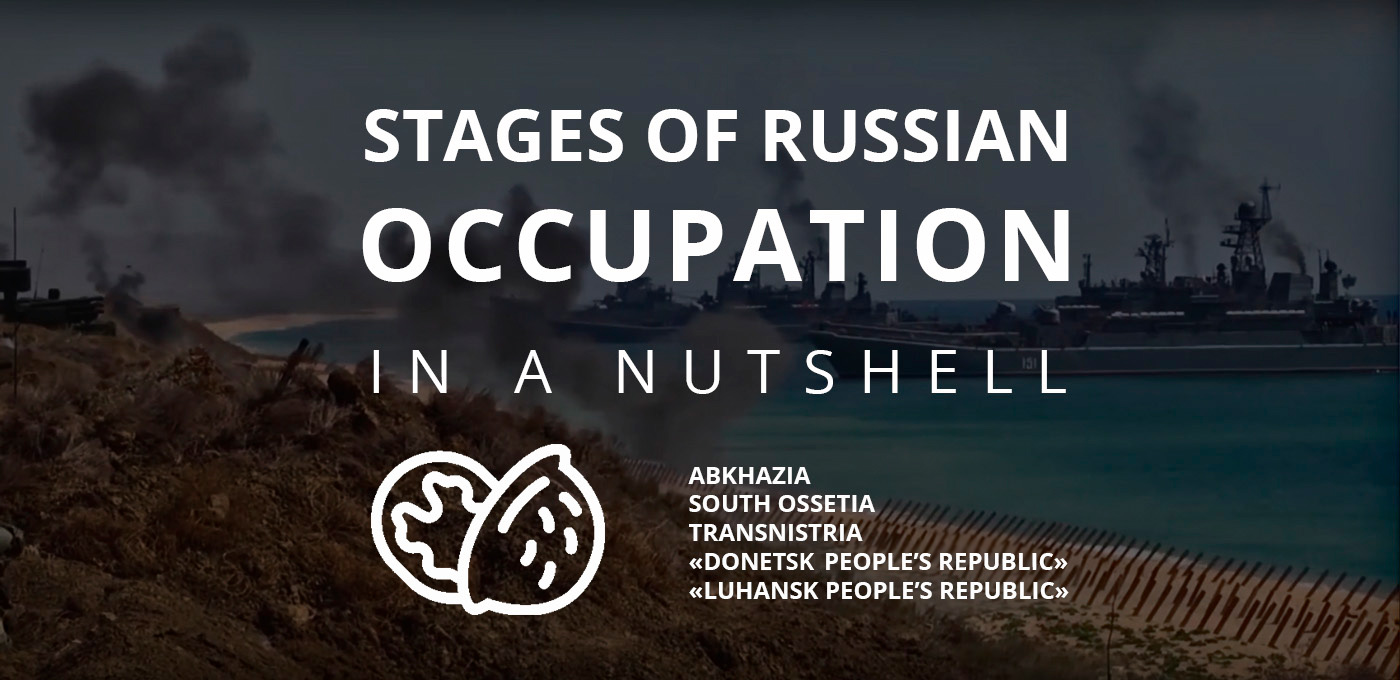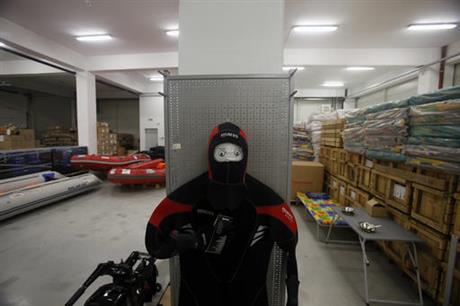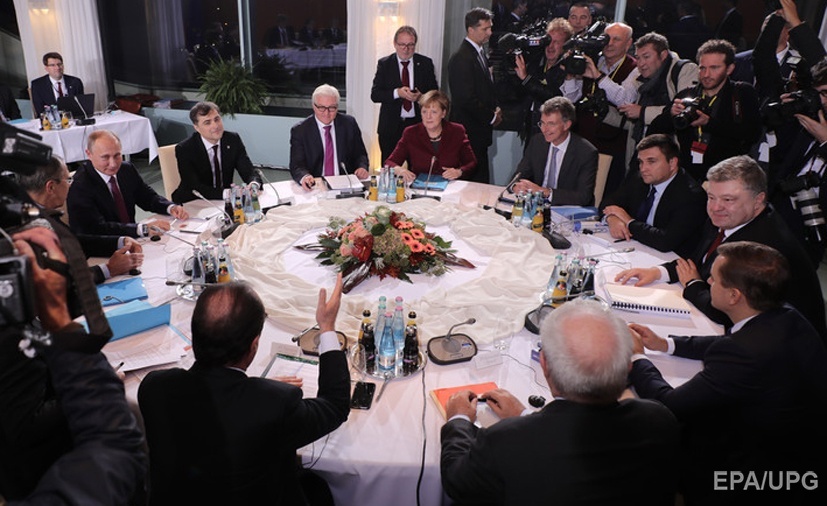On 12 April 2017, the "Supreme Soviet" (parliament) of the "Transnistrian Moldovan Republic" ("PMR") approved the second reading of the bill allowing the use of the Russian flag alongside so-called PMR flag, RIA Novosti reports.
"The state flag of the Russian Federation stirs a strong association with the Russian state among the Transnistrians, the multinational people of Russia, part of which the people of Transnistria feels itself and this national association has a strong historical basis," the explanatory note of the bill reads.
From now on, the flag of the Russian Federation will be installed on the buildings of the "state" and local "authorities," and in "official" events. According to NovostiPMR
, if both flags are used together, the Transnistrian flag must be displayed from the left side of a building, and the foreign symbol from the right.
The project authors say "installing the flag of the Russian Federation on the buildings of all the state bodies along with that of the region will symbolize the foundation of the Transnistrian statehood and starting a new phase of Transnistria’s integration with Russia."
However, Russia hasn't recognized Transnistria as a state over the 25 years of its existence. On April 4, according to a resolution passed by the PMR "Supreme Council," Transnistria asked Russia to officially recognize "documents" it issues to its "citizens." On February 18, President of Russia Vladimir Putin signed a decree
on recognition of so-called “passports” issued by the pseudo-authorities of the so-called “DNR” and “LNR” (parts of Donetsk and Luhansk oblasts of Ukraine occupied by Russia), now pseudo-authorities of the Transnistria region in Moldova believe that Russia can recognize its statesmanship, starting with recognizing documents they issue.
Moldova demands Russia not recognize documents issued by the authorities in the separatist region of Transnistria. A recent separatists’ appeal to Moscow for recognition of their "passports" and other documents was condemned by the Moldovan authorities.
- Being a part of the Moldovan S.S.R. of the USS.R., the "Pridnestrovian Moldavian Republic" (PMR, Transnistria) declared its independence in late 1990. Then Soviet President Mikhail Gorbachev declared the Transnistria proclamation to be lacking legal basis and annulled it by a presidential decree.
- Armed clashes on a limited scale broke out between Moldova and Transnistrian "separatists" including Russian Cossacks and other mercenaries as early as November 1990.
- On 27 August 1991 Moldova declared its independence.
- Fighting intensified on 1 March 1992 and lasted throughout the spring and early summer of 1992 until a ceasefire was declared on 21 July 1992. The 14th Army of Russia was involved in the conflict, its commander General Mayor Aleksandr Lebed said, "I am proud that we helped and armed Transnistrian guards against Moldovan fascists."
- In April 1995 the former Soviet 14th Guards Army became the Operational Group of Russian Forces, which by the 2010s had shrunk to two battalions and no more than 1,500 troops.
- Russia keeps its task force In Transnistria region until now.
- The ceasefire is held by now, the conflict remains unresolved.
- Transnistrian "official" flag is a horizontal tricolor of red, green and red with a Soviet golden hammer, sickle, gold-bordered red star in the upper hoist quarter.
Read more:
- Why Ukraine must avoid the Transnistrian scenario
- Moldova – Ukraine’s problematic neighbor or partner on the road to the EU?
- The 75 Russian military units at war in Ukraine
- Bulgaria, Moldova elect pro-Russian presidents
- Russia determined to expand influence over former Soviet colonies
- Russia’s plans to create new “republics” in southwestern Ukraine
- Why Romania will fight Russia
- 5 explanations for the Russian “Kyiv junta” myth
- Russian and foreign volunteers in Ukraine: lost idealism and ennui
- Don’t call terrorists in eastern Ukraine “rebels” because they are not





